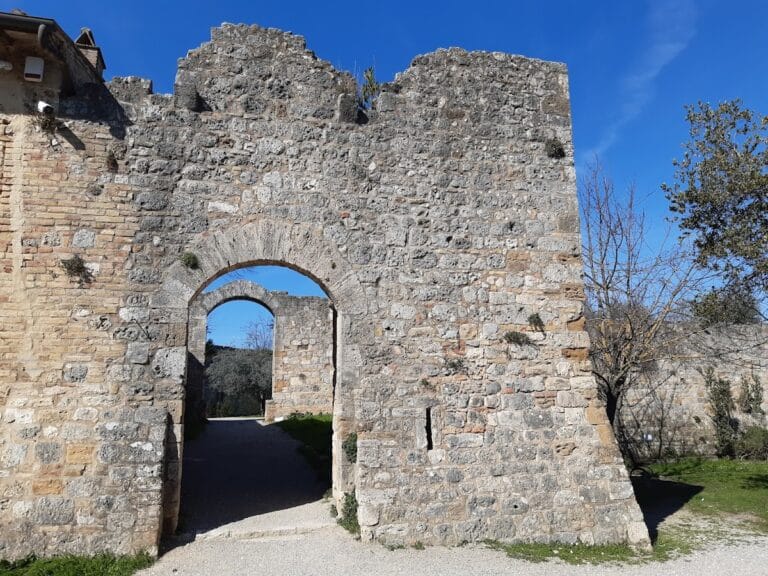Torre Grossa: The Tallest Medieval Tower in San Gimignano
Visitor Information
Google Rating: 4.6
Popularity: Medium
Google Maps: View on Google Maps
Official Website: www.sangimignanomusei.it
Country: Italy
Civilization: Unclassified
Remains: Military
History
Torre Grossa is located in the municipality of San Gimignano in modern Italy. This tower was erected by the medieval inhabitants of the city during the early 14th century, a period defined by the flourishing communal life of Italian towns.
Construction of the tower began on August 21, 1300, shortly after the renowned poet Dante Alighieri visited San Gimignano. This places the tower’s origins in a context of cultural vitality and civic pride. The building phase extended over a decade, with the tower reaching completion in 1311. Throughout this period, the tower was established as the tallest among the 14 towers that adorned the city skyline, reflecting its prominence within San Gimignano’s urban landscape.
Situated in what is now called the Cathedral Square, or Piazza del Duomo, Torre Grossa was closely connected to municipal governance, as it stands adjacent to the New Palace of the Podestà (Palazzo Nuovo del Podestà). The Podestà was a chief magistrate, indicating the tower’s likely role in the civic administration or defense, though specific uses during this time are not documented in the records provided.
Remains
The Torre Grossa rises to a height of 54 meters and features a square, or quadrangular, base consistent with the tower-building tradition of medieval San Gimignano. Its construction is characterized by neatly cut stone blocks, assembled to form regular and distinct masonry patterns on the tower’s exterior walls, indicative of skilled stonemasonry.
At ground level, the tower incorporates a vaulted passageway beneath its structure, allowing access through its base. This architectural feature demonstrates a thoughtful integration of functional urban space with defensive or symbolic height.
Surmounting the main shaft of the tower is a bell chamber, known in Italian as a cella campanaria. This space is surrounded by a walkway secured behind a protective parapet supported by hanging arches—a design element referred to as archetti pensili, a characteristic feature of the Lombard style. The bell chamber is finished with a pyramidal roof, a distinctive trait that Torre Grossa shares with the nearby Torre Rognosa but that is uncommon among the other towers in the city. This pyramidal roofing would have provided both shelter for the bell mechanism and an architectural point of interest at the tower’s summit.
Today, the tower remains intact and accessible, standing as a substantial example of medieval civic architecture. From its uppermost level, one can appreciate wide-reaching views of both San Gimignano and its surrounding landscape, integrating the tower visually and functionally within its historical environment.










